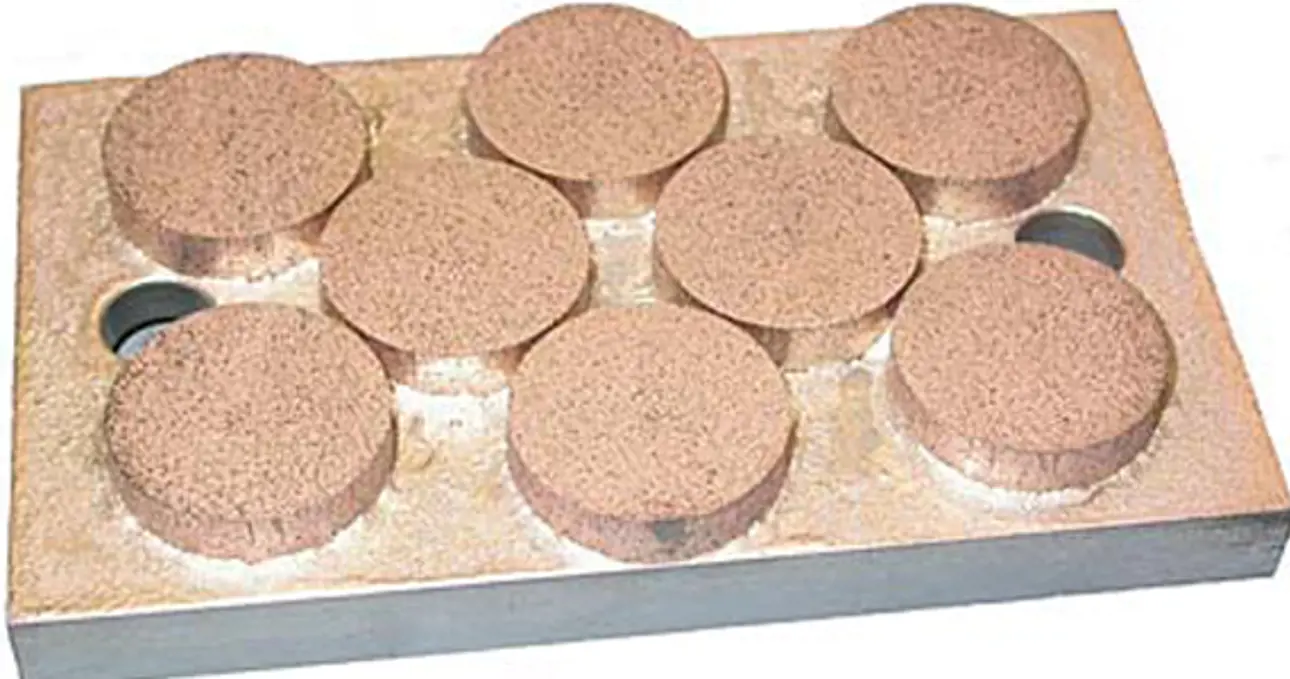Sintered brake pads for demanding brake applications
Dec 11, 2007

The longer useful life of sintered brake pads extends pad replacement intervals.
Brakes rank among the most common pieces paper and board mill equipment. They are used all along the production line for a variety of purposes and applications. Brakes, and particularly their friction pads, are typical examples of consumable components that are placed under increasing strain as the speed of paper machines and the inertial forces involved continue to grow. The need for more durable and effective brake pads is therefore obvious.
One common brake type used at paper mills is the VKJ-650. It is a dependable hydraulic disc brake that is well-suited for stopping, holding and tension control uses and for emergency brake service. It is used at such locations as unwinding and rewinding reels throughout the machine line.
VKJ-650 brakes are equipped with two brake pads, one on either side of the brake disc. Conventional brake pads can now be replaced with new sintered brake pads. Valmet’s sintered brake pads are lead-free and fully compatible with older pad types. The same pad material is also used in the brakes of modern racing motorcycles and high-speed trains.
The key advantage of the new copper-based brake pads is their extended useful life. Improved durability also means longer replacement intervals, which reduces the time and effort spent on changing brake pads. The new brake pads have an excellent friction coefficient that remains stable under heavy loads and at elevated temperatures up to 900°C (1,650°F).
The high friction coefficient of sintered brake pads facilitates shorter stopping times and there is no acrid smell during braking. Sintered brake pads are the answer to the braking challenges of today’s paper and board machines.